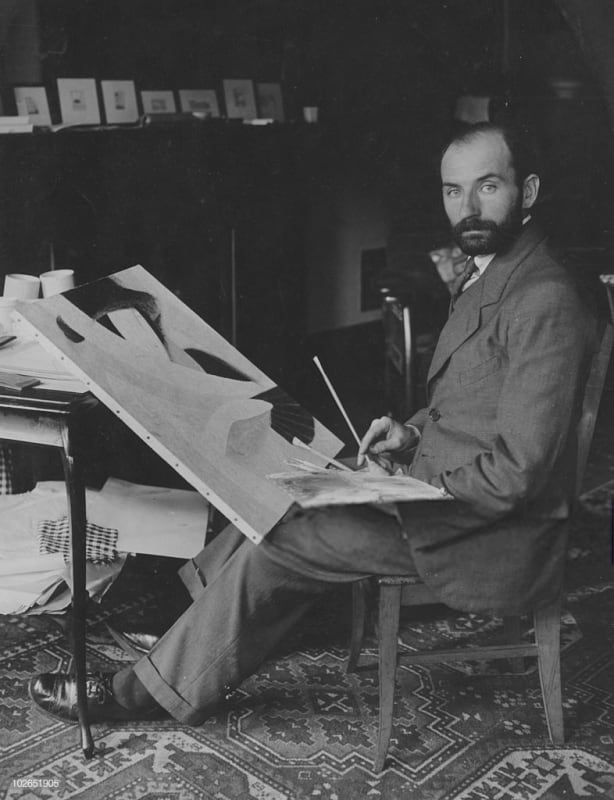Jean Crotti was born in Switzerland in 1878. Initially drawn to traditional training, he soon shed his academic skin and embraced the revolutionary movements of Cubism and Orphism.
World War I sent Crotti on an unexpected adventure. He found himself in New York City, a hotbed of artistic experimentation. There, he delved into the playful world of Dada alongside the iconic Marcel Duchamp, even sharing a studio with the artistic mastermind.
Returning to Paris, life took another fascinating turn. Crotti married Suzanne Duchamp, Marcel's sister, and together they co-founded the "Tabu" movement. This artistic collaboration solidified Crotti's place in the ever-evolving world of modern art.
Throughout his career, Crotti actively participated in the international Dada movement. His innovative paintings were featured in numerous Dada publications, and he even contributed to Tristan Tzara's legendary Dadaglobe project.
Crotti's artistic evolution didn't stop there. In the 1930s, he further pushed boundaries with his innovative "gemmail" technique. This involved constructing post-Cubist compositions from shards of colored glass, meant to be illuminated from behind, adding another layer of intrigue to his artistic repertoire.
